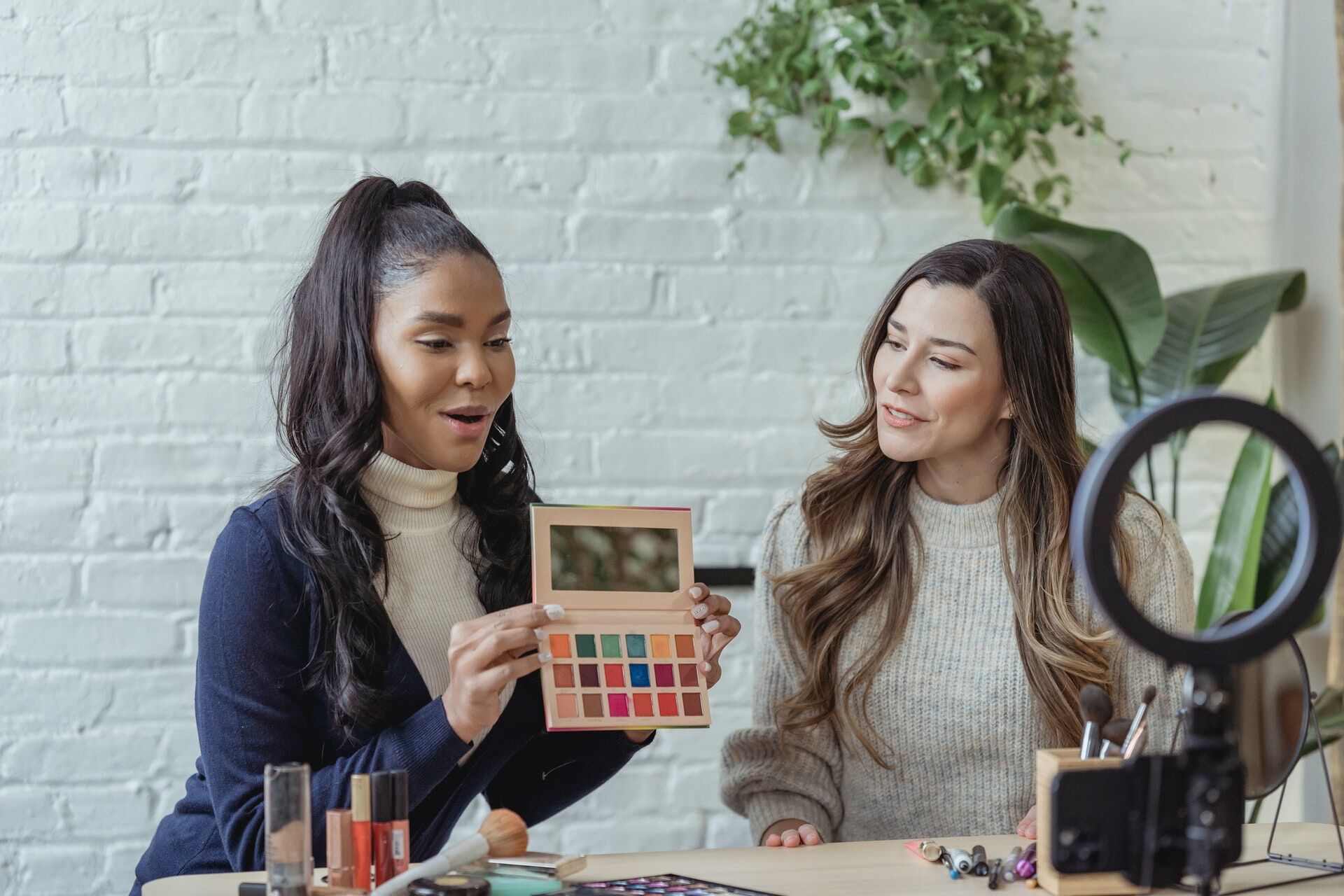The way we think about B2B and B2C marketing is changing – and that’s a good thing.
B2B Marketing has a tendency to get the short end of the stick: since it’s marketing to other brands, the general premise is that it doesn’t require the same level of investment as B2C marketing.
This is flawed thinking.
Regardless of who the audience on the other end is, the way you tell your story has to stand up against the way other stories are told – and in a constantly-shrinking, international market, it can be tough enough without limiting yourselves to old ideas of B2B and B2C marketing.
The fact is: B2B and B2C marketing borrow from each other.
Another fact is: To have an effective B2B marketing plan, you have to see what B2C brands are doing.
Here are some brand trends that B2B and B2C consumers can benefit from.

1. Account-based market
We’ve written an extensive guide about account-based marketing right here, but here’s the short version.
What is it: Account-based marketing is combining your sales and marketing teams to target accounts that are considered high-value in your industry.
Why is it important? The way we market has changed, so the way we approach marketing has to change too. Account-based marketing takes some time to set-up, but as we’ve examined in our other blog, the effort that you put into it pays off in the long run.
Account-based marketing isn’t just about targeting your audience with the message that might appeal to them; it’s targeting your audience with a message that you’ve researched, tweaked, and adjusted until it is absolutely what your high-value clients want. It is building partnerships with your clients based on what you can do for them.
And it works wonders in a marketing industry that has increasingly moved away from the wide-range to the niche.

2. Know Your Customer (not like that)
You have a product. You want to sell that product.
Who are you selling to?
What is it? Building relationships with your consumers as people.
Why is it important? Personalisation is the big trend of 2022, and B2B marketing isn’t exempt from that. Hand in hand with account based marketing, building relationships with the people who you’re selling to makes a lot of sense once you realise that there’s no guarantee you’ll be dealing with the same client throughout their career – especially in B2B marketing. B2B marketing isn’t immune to the widescale changes of the Great Reshuffle, so chances are the people you are talking to, and who you are used to talking to, might not be there forever.
But there’s another reason why relationships in B2B are crucial, and it’s because of your brand. Your brand has a story that you feel strongly about (and if you don’t, you need one).
You need clients to care about that brand story as much as you do.
And to do that, you need to know which customers will care about your brand.

3. Take on Tech
You’re spending a lot more time online. So are the people you’re talking to.
What is it: Technology that grew during the pandemic has come into its own as a viable method for connection.
Why is it important? While some bigger corporations have brought back events, there’s a decent number of people who miss the access and opportunities that virtual events open up. The solution? Leverage technology and use both.
In-person events are powerful ways to build connection. There’s an atmosphere and a fervor that is difficult to pull across in virtual events, but it can be done – and it should be done. With over ⅔ of sales in B2B being conducted virtually, using technology to hold events is just building on what’s already happening, and working to bridge the gap between you and your audience.
The beauty of virtual events is that they’re accessible by everyone, no matter the country. And that sets a foundation that you can then build on – without leaving anyone out.

4. Content Marketing (Amplified)
Your content is your biggest asset.
What is it? B2B brands need to make their content valuable.
Why is it important?
We’ve talked about this a little bit in another blog post, but we’ll reiterate here: if you’re not content marketing, you need to start yesterday.
Your content is what separates you from your competitors, and putting in the effort to make sure it stands out is important – but it’s more than just boosting your content with cash to make sure it floods peoples’ social media feeds.
It’s about putting in value. It’s about making sure that whatever your content is saying is something that your audience can’t get for another source.
People will follow your brand for the product. They’ll come back for the content you put out if it’s worth it: if it’s informative, if it’s educational, if it’s what they’re already thinking of researching.
The best part: you’re already doing audience research. All you need to do is apply it to what you’re putting out there.

5. Virtual Experiential
You can have your email marketing, and your microsite, too.
What is it? Creating memorable brand experiences to market your business.
Why is it important? There’s only so much value-driven content you can create for a blog. And there’s only so many blogs people will read.
This isn’t to say that blogs and writing aren’t useful ways of driving content.
But you can also do more.
Short videos. eBooks. Microsites.
Giving people a way to know your brand from the inside helps them see what your brand is all about.

Do I need to start using these B2B marketing trends?
If you want to stay ahead of what’s happening with your competitors, you need to consider that what you’re doing can always get better.
Most of these trends are all built on the same theory: that to market your brand to the best possible way you can, you need to know your audience. To know your audience, you need to do research.
It’s a cycle. Excellent research can help guide your content, your content attracts an audience, you do more research to figure out how to innovate; rinse and repeat.
There will never be a time where you don’t need to innovate.
So you may as well start now.




